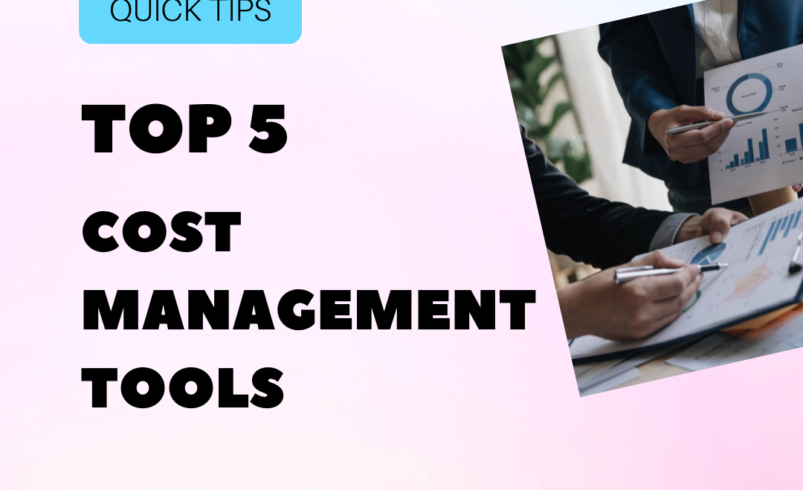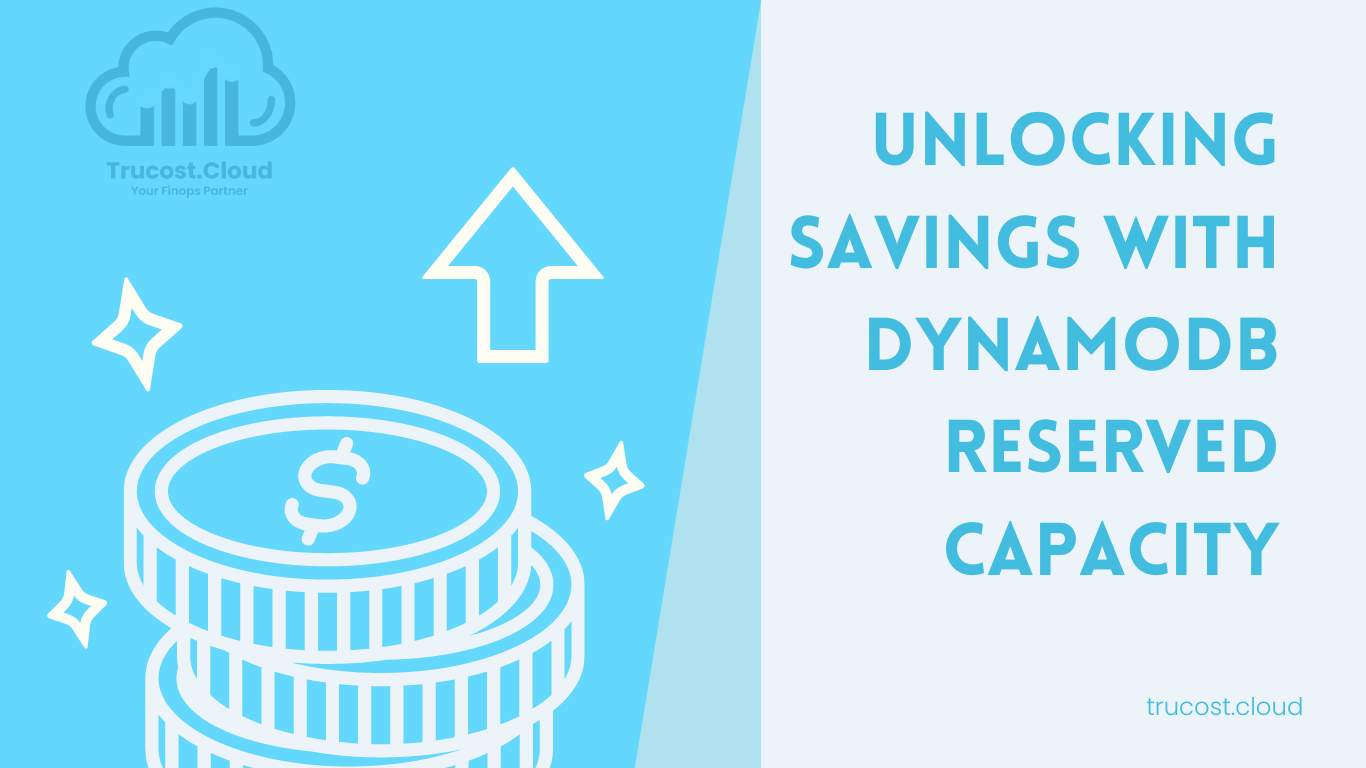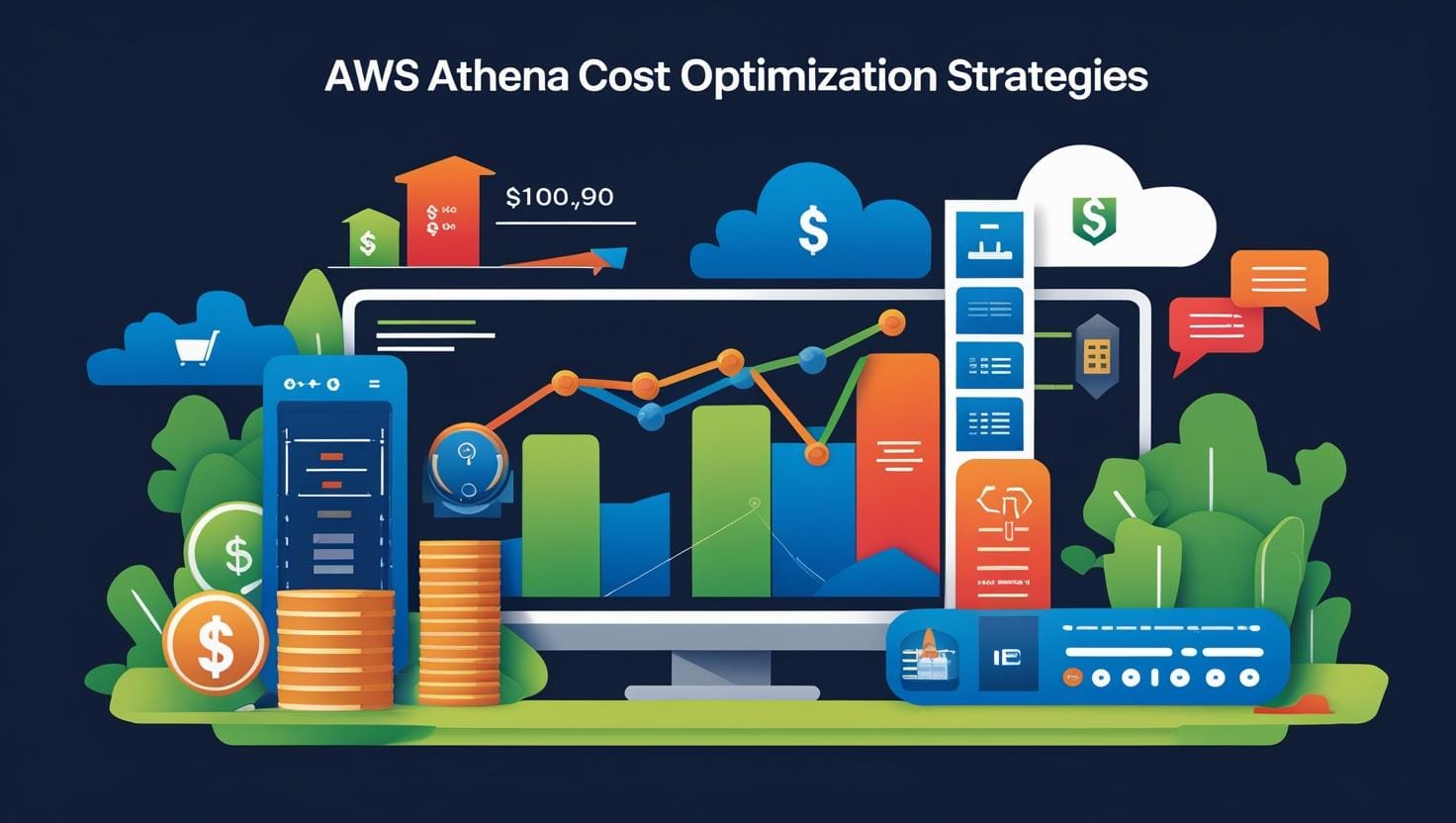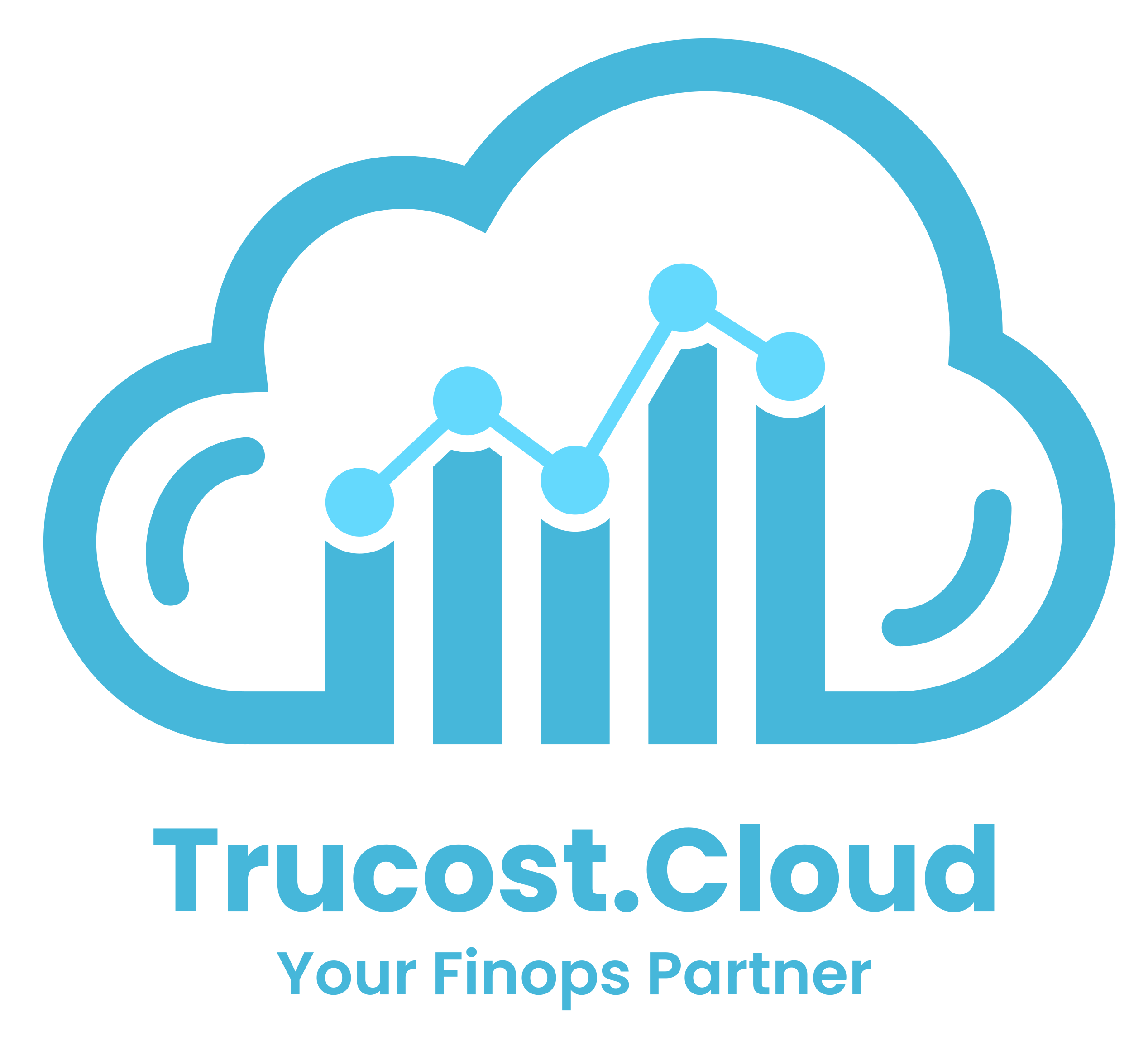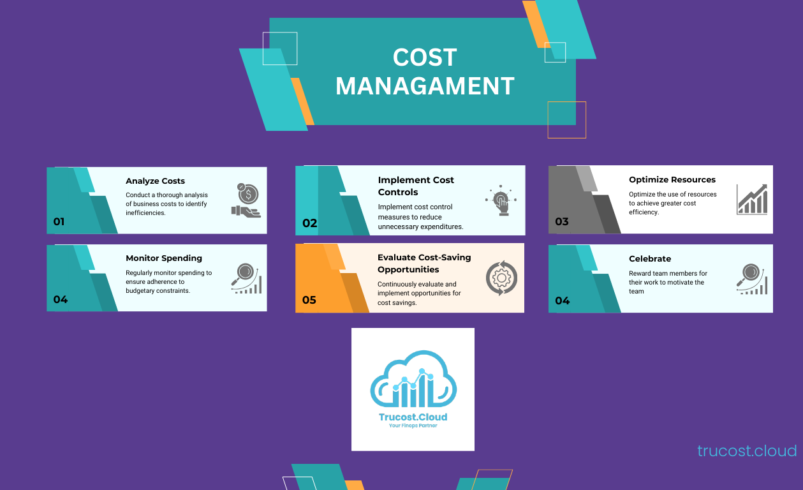
Mastering AWS Cost Management 101 : Simple Steps for Big Savings with Governance
Managing AWS costs can feel like navigating a maze. With countless services, pricing models, and resource types, it’s easy for even the savviest teams to lose track of their cloud spend. But, with the right approach, AWS cost management doesn’t have to be overwhelming. It can be an opportunity to maximize your cloud investment while ensuring every dollar is well spent.
The Real Challenge of AWS Costs
Many organizations jump into AWS for its flexibility and scalability, but quickly realize that keeping costs under control requires a strategy. Often, cloud costs balloon not because companies are careless, but because they don’t have full visibility into their usage patterns or haven’t implemented proper cost control measures.
From unexpected spikes due to unoptimized services, like RDS or S3 , to underutilized EC2 instances running 24/7, the reasons for overspending can vary. The key to controlling costs lies in having a structured approach to monitoring, optimizing, and adjusting AWS usage.
Start with the Basics: Visibility
Before diving into deep optimization tactics, the first step is getting visibility. AWS offers powerful tools like Cost Explorer and Billing and Cost Management Dashboard, which help you see where your money is going. Setting up detailed cost allocation tags is essential here, as it allows you to track costs by project, team, or resource owner.
Pro Tip: Regularly reviewing your cost and usage reports (CUR) and setting up alerts for unexpected spikes ensures you catch anomalies before they snowball into massive bills.
Optimization Opportunities
Once you understand where your costs are coming from, the next step is optimization. Services like EC2, RDS, and S3 are common culprits of overspend, but AWS offers ways to cut costs without sacrificing performance:
- Right-sizing: Regularly adjust the size of EC2 instances or databases based on actual usage.
- Auto-scaling: Ensure you’re only paying for what you need by automatically scaling resources up or down depending on demand.
- S3 lifecycle policies: Move infrequently accessed data to cheaper storage tiers.
The Role of Governance in Cost Management
While visibility and optimization are key elements of AWS cost management, governance plays a critical role in maintaining control over cloud costs. Without proper governance, your AWS environment can become chaotic, with inconsistent tagging, unused resources, and unclear ownership.
Governance establishes the policies and guardrails that guide cloud usage and prevent cost overruns. Here’s how you can implement effective cost governance in AWS:
- Cost Policies and Budgets: Set organization-wide policies on resource usage. For example, define which types of instances can be used for specific workloads or set budgets for different teams.
- Automated Enforcement: AWS provides tools like AWS Organizations and Service Control Policies (SCPs) to enforce cost management policies across multiple accounts. With these tools, you can restrict certain actions that may lead to cost spikes, like provisioning high-cost resources.
- Tagging Strategy: Governance ensures that every resource is properly tagged, which is crucial for cost allocation and reporting. By standardizing tags, teams can easily track who’s using which resources and for what purpose.
- Cloud Financial Management (CFM) Teams: Governance requires cross-team collaboration. A dedicated CFM team can ensure that cost management policies are being followed and that AWS usage aligns with the company’s financial goals.
FinOps: The Human Element in Governance
Governance is not just about setting rules; it’s also about fostering accountability. That’s where FinOps comes in—a framework that encourages collaboration between IT, finance, and management to make informed decisions about cloud spending.
FinOps, or financial operations, brings together governance and cost management, ensuring that cloud resources are being used efficiently and that teams are staying within budget. This human-centric approach empowers teams to understand not just how much they’re spending, but why.
FinOps encourages a culture of cost awareness, where developers, engineers, and business leaders regularly review cloud usage and adjust strategies based on real-time financial data. It’s about creating transparency across departments so that cloud spending doesn’t spiral out of control.
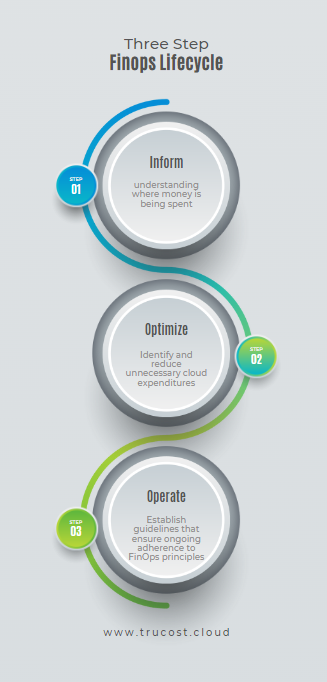
Conclusion
AWS cost management is a continuous journey that involves visibility, optimization, and, crucially, governance. By implementing strong governance policies, automating enforcement, and fostering collaboration through FinOps, you can turn AWS cost management from a challenge into a strategic advantage.
With the right mix of governance and human insight, your AWS environment will not only stay within budget but also drive greater value for your business.
At TruCost.Cloud, we specialize in helping AWS customers take control of their cloud costs through effective governance, FinOps practices, and tailored cost optimization strategies. With years of experience working directly with AWS and over 400 customers, we’ve seen firsthand the challenges businesses face in managing their cloud spend. Our approach combines deep technical expertise with a focus on business outcomes, ensuring that you not only save on costs but also gain clear visibility and control over your AWS environment. Whether it’s through our one-day workshops, 30-day FinOps setup, or ongoing support, we are committed to being your trusted partner in cloud cost management. Reach out to explore how TruCost.Cloud can turn AWS cost management into your competitive advantage.
